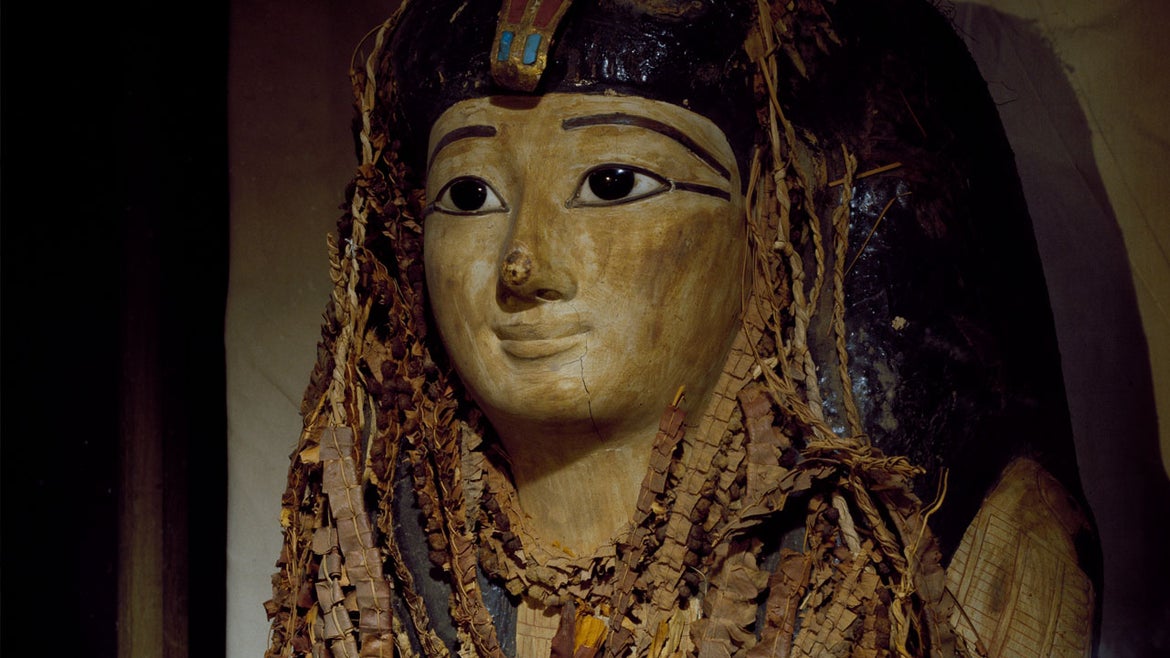The pharaoh ruled for more than 20 years over 3,500 years ago.
The mummy of Egyptian Pharaoh Amenhotep I has been digitally unwrapped for the first time, according to BBC.
The pharaoh, who ruled from 1525 to 1504 B.C., was found at a site in Deir el-Bahari 140 years ago, BBC reported. His original tomb has never been located, but his mummy was found reburied in Luxor in 1881, NBC News added.
Despite being discovered by archeologists over a century ago, his mummified corpse has never been opened in order to preserve his detailed face mask and bandages, BBC reported.
Now, thanks to computed tomography (CT) scans, the technology is allowing researchers to study his face and body and what it could look like, NBC News reported.
"We got to see the face of the king that has been wrapped for more than 3,000 years," Dr. Sahar Saleem, professor of radiology at Cairo University's Faculty of Medicine and lead author of the study published in the journal Frontiers in Medicine, told the BBC.
The study, published Tuesday, says that the pharaoh was about 35 at time of death based on bone analysis, and he was in general good health, with no diseases or injuries appearing to indicate how he died. Remarkably, his teeth were intact, according to NBC News.
The study also revealed that the pharaoh’s brain was not removed during the mummification process, unlike most of the kings of the New Kingdom. The CT scan did show that his body has been eviscerated via a vertical left flank incision, according to the study. The body of Pharaoh Amenhotep I also suffered from multiple postmortem injuries which researchers say in the study were likely inflicted by tomb robbers.
The mummy also had 30 pieces of jewelry including a beaded metallic, most likely gold, girdle, the scan showed.
The researchers plan to do the same type of scan on all royal mummies, NBC News reported.
Related Stories






